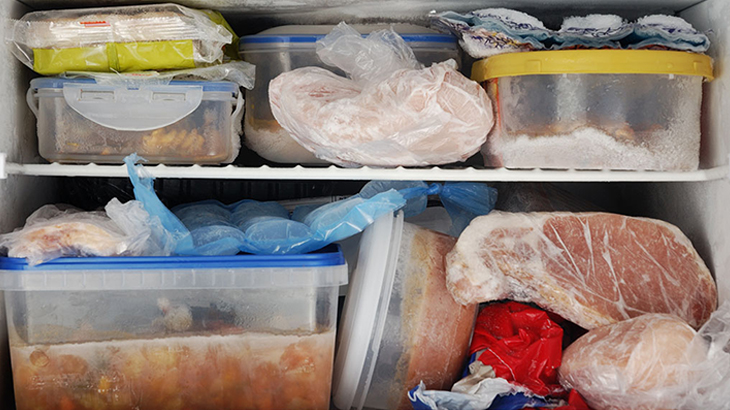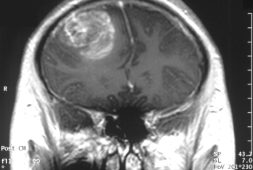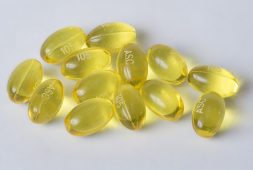Observe Proper Food Safety and Storage

Food spoilage happens when the bacteria content on the food reaches toxic levels. Unfortunately, these toxic levels are sometimes reached even before the food actually starts looking, smelling, or tasting bad. When this happens, because some people don’t notice that the food has actually already spoiled, they end up eating the food along with the toxic levels of bacteria. This is one of the causes of food poisoning. Proper food storage, which prevents bacterial growth, is one of the ways to prevent food poisoning.
Proper food storage is hinged on contamination prevention, time monitoring, and temperature control. The industry-recognized food safety and storage protocols are as follows:
- Temperature Control – Food-borne bacterial growth is normally at the 4∞C – 60∞C (or 40∞F – 140∞F) temperature range. This is known as the food danger zone. If you keep food stored at colder than 4∞C or hotter than 60∞C, you can prevent the growth of bacteria. This is why refrigerators need to be kept at 4∞C or colder, and freezers are way below freezing point. This is also why it is important to keep food hot with heating trays or burners under chafing dishes.
- Time Control – Food left in the danger zone will usually reach toxic levels of bacteria in around 2 hours, give or take. This is not a hard and fast rule, as some environmental conditions can sometimes speed up the bacterial growth in a given temperature. The food safety rule of thumb is if the food has been out for 2 hours or more under temperatures in the food danger zone, discard it.
- Storage Arrangement/ Storage Order – Raw food may still contain bacteria-laden fluids that could drip down. Therefore, it is important to store raw food BELOW cooked food. That way, the fluids from the raw food cannot contaminate the already cooked food.
- Use Proper Containers – Proper containers mean the food in it cannot spill out and contaminate other food, AND contamination from other food cannot spill in and enter that container. Properly fitting lids is an important feature of food safe containers.
- Proper Thawing – Harmful, food-borne bacteria can multiply in food that is thawing (remember the details on time and temperature control written above). Once thawed, it is best to go on and cook the thawed food, and avoid refreezing it. Keep the thawing or thawed food in the chiller portion of the refrigerator until it is going to be cooked.
- Expiry Dates – Follow the expiry dates specified in your food labels. It is pointless to save the food at the risk of getting sick. All you would have saved on food will get outweighed by all your expenses and health risks getting sick.



